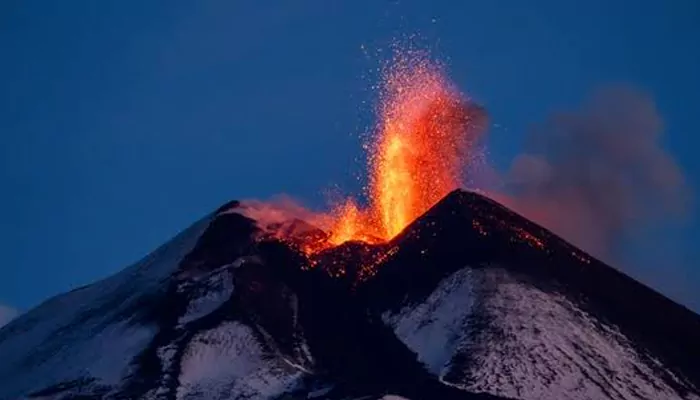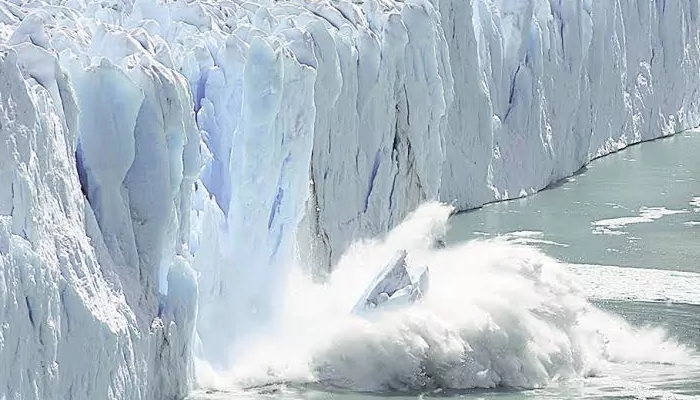
Here are today’s most important updates from the realm of Science and Space.
The James Webb Space Telescope (JWST) recently spotted a rare cosmic phenomenon known as the "Cosmic Owl". This structure is formed by the collision of two ring galaxies, each approximately 26,000 light-years wide and located about 11 billion light-years away from Earth. The Cosmic Owl is composed of two rare ring galaxies colliding, with each galaxy having a supermassive black hole at its centre, making them "active galactic nuclei". Scientists have used JWST data to spot the galaxy merger in the COSMOS field. The collision occurred around 38 million years ago and is expected to remain visible for a long time, given that galactic collisions typically last a few hundred million years. The Cosmic Owl's symmetry suggests a head-on collision between two galaxies of similar mass and structure, making it a unique and valuable discovery for astronomers.

NASA is closely monitoring volcanoes from space to better understand and predict volcanic eruptions, which can have significant impacts on the environment, climate and human populations.The space agency has deployed satellites and instruments to monitor the volcanoes, such as Landsat 8 and 9 gives high-resolution images of volcanic activity and ash deposits, Sentinel-5P tracks sulfur dioxide and other volcanic gases, GOES-R Series provides real-time imagery of volcanic eruptions and ash clouds, MODIS monitors volcanic ash and aerosols in the atmosphere. Volcanic hazards pose a threat to approximately 10 per cent of the global population, particularly those living or working near active volcanoes and constant tracking can enable the authorities to prepare and respond accordingly.

A new study suggests that the climate crisis could trigger a surge in volcanic eruptions as melting glaciers and ice caps relieve pressure on underground magma chambers. This phenomenon has been observed in Iceland, but recent research in Chile provides evidence of increased volcanism on the continent following the last ice age. Many volcanoes, particularly in regions like Antarctica, Chile, and Alaska, are covered in ice. As global temperatures rise and the ice melts, the loss of weight and pressure can trigger explosive eruptions. Scientists warn that this hidden danger requires serious attention due to the potential for powerful volcanic activity, the study noted.

A new study found that the radar systems used by civilian airports and military operations may be potentially revealing Earth's existence to "extraterrestrial observers", or aliens. Radar systems emit electromagnetic signals that can travel into space, detectable by powerful radio telescopes, said researchers. The research simulated how radar signals from airports like London's Heathrow and New York City's JFK International spread out into space and could be detectable from nearby stars like Barnard's Star and AU Microscopii. These signals could be strong enough to be picked up by strong telescopes. If alien life exists within 200 light-years and has advanced technology, they might be able to detect these signals.